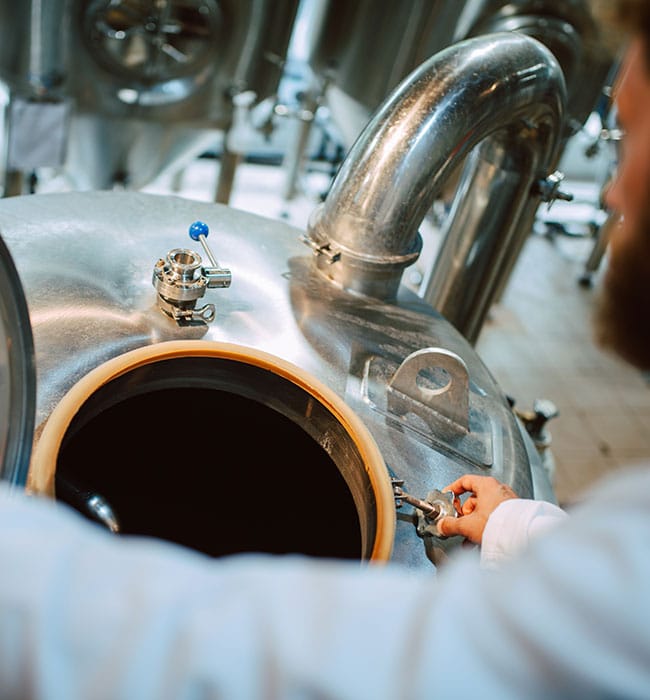Using a tank inspection camera can offer a multitude of benefits across various industries and applications, including improved safety, cost efficiency, accuracy, and regulatory compliance, making them indispensable tools for industries that rely on storage tanks for various purposes.

Enhanced safety
Traditional tank inspections often require personnel to enter confined spaces, which can pose significant safety risks. With a tank inspection camera, inspectors can remotely assess tanks without the need for direct human entry, reducing the likelihood of accidents and injuries.
Cost efficiency
A tank inspection camera can help save costs associated with manual inspections, such as labor, equipment and downtime. It enables quicker inspections and early detection of issues, preventling costly repairs or downtime due to unexpected failures.
Improved efficiency and accuracy
A tank inspection camera provide high-definition images and videos of the tank’s interior, allowing inspectors to identify defects, corrosion, or other issues with precision improving the accuracy of inspections and enables timely maintenance or repairs.
Non-Destructive Testing
A tank inspection camera facilitates non-destructive testing (NDT), allowing inspectors to assess the structural integrity of tanks without causing damage. This is crucial for maintaining the integrity of the tank while ensuring compliance with industry regulations.
Early detection of issues
Regular tank inspections using cameras enable the early detection of potential problems such as corrosion, leaks, or structural damage. By identifying issues at an early stage, corrective measures can be implemented promptly, minimizing the risk of catastrophic failures.
Increased productivity
Tank inspection cameras streamline the inspection process, allowing inspectors to cover more tanks in less time compared to traditional methods. This increased productivity can lead to greater operational efficiency and reduced downtime.
Documentation and reporting
A tank inspection camera often comes equipped with features for capturing and documenting inspection findings, such as timestamped images, videos, and annotations. This helps maintain detailed records for compliance, auditing, and regulatory purposes.
